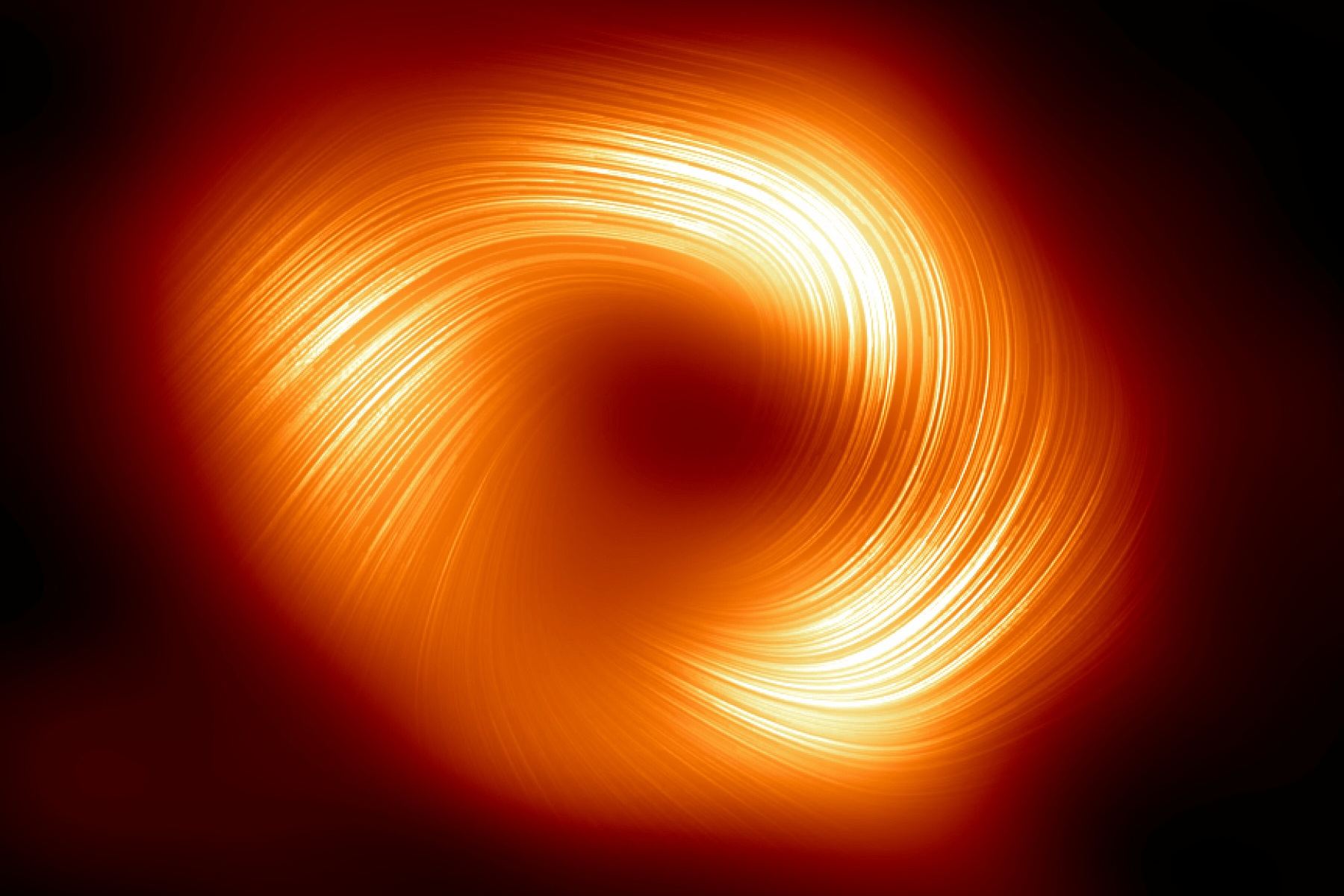In 2003, strange features on Mars’s surface got scientists’ “spidey senses” tingling when they saw them. That’s when unusual “anareiform terrain” landforms appeared in images from the Mars Reconnaissance Orbiter. They’ve returned each year, spreading across the southern hemisphere surface.
Continue reading “Scientists Recreate Mars Spiders in the Lab”Scientists Recreate Mars Spiders in the Lab










